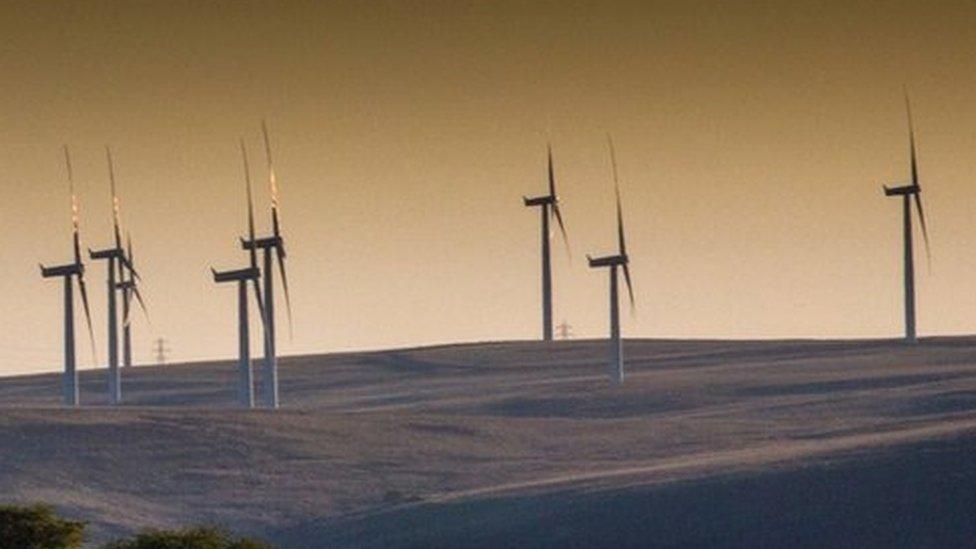Climate change: Claim wind and solar may industrialise rural Wales
- Published

The Welsh government wants all Wales' electricity needs to come from renewables by 2035
More wind and solar farms would industrialise the Welsh countryside and affect about 50,000 acres of land, according to a rural charity.
Offshore wind and rooftop solar should be the preferred way to cut carbon emissions, says the Campaign for the Protection of Rural Wales (CPRW).
But a company proposing five energy parks in Wales said a mix will be needed to reach net zero by 2050.
The Welsh government said a range of technologies was required.
Wales currently has 44 operational wind farms and 123 solar farms, according to research by the CPRW.
It has published a map, external showing those existing renewable energy projects and the locations of a further 34 wind farms and 92 solar farms being proposed.
"The biggest concern is the lack of awareness of what's happening in Wales," said the CPRW's Ross Evans.
More than 3m trees have been cut down for onshore wind projects, the group claimed.
"All we're trying to do is to mitigate some of what's happening to the countryside and ensure we sacrifice the minimum amount [of land]," he said.
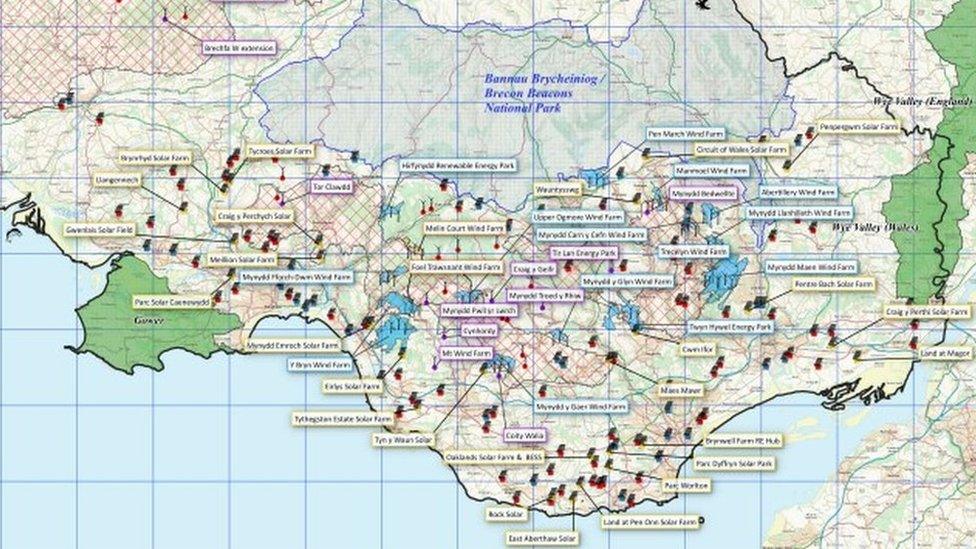
An extract from a map showing existing wind and solar farms in south Wales alongside proposed ones
"We're not just talking about common ground or forestry here," Mr Evans said. "Farmland, nature reserves, SSSIs (Sites of Special Scientific Interest), curlew breeding areas, peatlands, they're all being destroyed for onshore wind and solar."
What are Wales' carbon reduction goals?
The Welsh government set out in January its plan for 100% of the nation's electricity demand to be met by renewable sources by 2035.
That will mean improving the electricity grid, community projects, cutting consumption and streamlining planning to allow more renewable projects to go ahead.
The framework for planning decisions over the next two decades - set out in the Future Wales 2040 plan, external - outlines ten pre-assessed areas where there "is a presumption in favour of large‐scale wind energy development".

Wales is moving too quickly to develop onshore wind and solar before looking at alternatives a rural charity warns
The Welsh government will make the decision on 26 of the proposed wind farms and 36 of the solar farms, with the remaining projects left to local planning authorities.
But CPRW said the Welsh government's strategy is out of date because it does not include potential for offshore wind farms, which the group said would generate more electricity than the onshore projects.
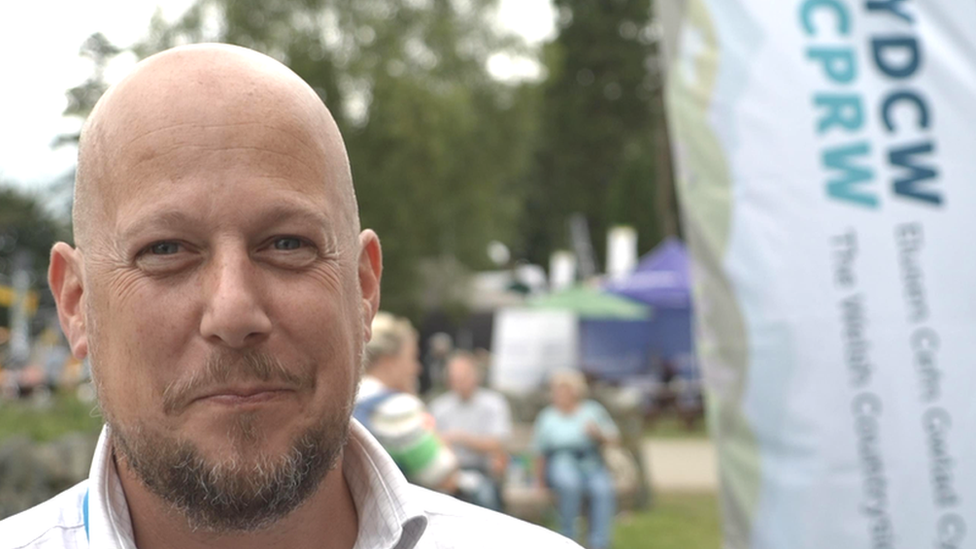
Ross Evans of the Campaign for the Protection of Rural Wales says ground-based projects must be paused for a focus on offshore wind
"Two offshore projects in the Celtic Sea and the Irish Sea on their own will produce more than double what Wales needs by 2050," Mr Evans said.
CPRW wants a pause on "all onshore wind and ground-based solar developments over 10MW" until the potential of other sources of renewable energy is considered.
What do wind developers say?
Bute Energy has plans for five wind farms in Wales.
The largest would be about five miles from Llandrindod Wells, Powys, in the Radnor forest, connecting to the national grid in Carmarthenshire via a 60-mile pylon network.
Nant Mithil would have 36 wind turbines, each 220m (722ft) tall, producing enough electricity according to Bute to power 200,000 homes, while saving about 350,000 tonnes of CO2 each year.
"We as a nation are going to be turning off fossil fuels," said Bute's Aled Rowlands. "Our need for electricity is going to go up dramatically - the way we heat our homes, the way we use vehicles.
"We need to be generating more energy, and of course we want to generate clean, green energy from onshore wind, and there are other options as well such as offshore wind."
Residents fear the 250m high turbines would pose risks to wildlife, property values and wellbeing
'Rushing Wales into wind power'
Nant Mithil has faced opposition from local campaign group ReThink, which said it would "destroy" Radnor forest, hurting tourism and wildlife.
"We're not against renewable energy," said group spokeswoman Jenny Chryss. "But we say there are much better ways - offshore, hydrogen, the floating platforms in the Celtic Sea.
"They're just rushing into Wales to do this, and it's not the right way to do it."
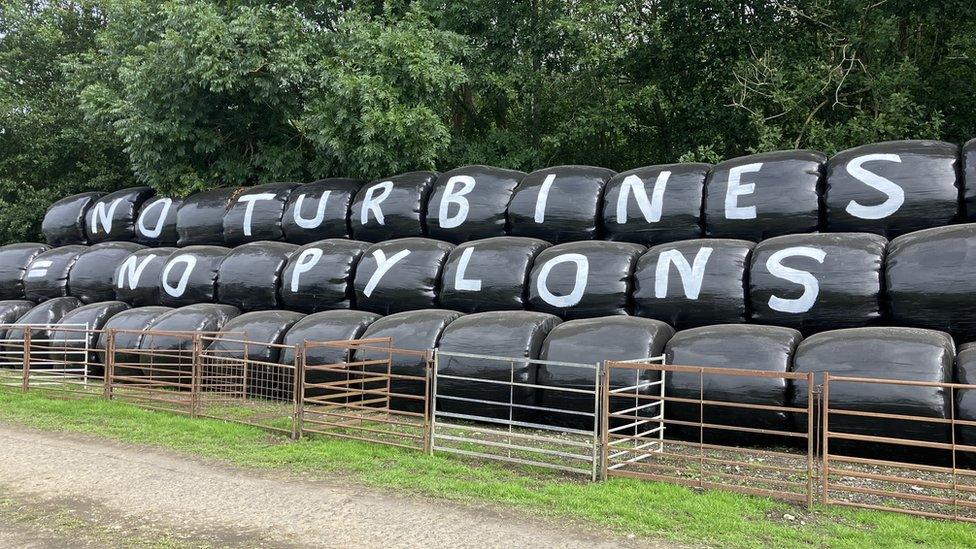
Signs against the Nant Mithil wind farm appeared at the Royal Welsh Show in July
The Climate Change Committee, external - the UK's independent advisory body - said in June Wales was falling behind on efforts to cut emissions, and "action on decarbonisation in Wales must accelerate".
Mr Rowlands said onshore wind will be a key part of meeting climate change targets.
Is offshore wind the most cost effective?
"We need a mix of energy sources in order to ensure that we get to net zero," he said.
But CPRW pointed to another report, commissioned by the Welsh government, highlighting the benefits of sea-based energy projects.
One recommendation in the Future energy grids for Wales, external report said "offshore wind is projected to be the most cost-effective and prominent electricity source in a net zero Welsh energy system, providing up to 80% by 2050."
"It supports our long-held view," Mr Evans said, "that offshore wind is not only the most cost-effective but also the most environmentally acceptable option amongst a range of technologies."
A Welsh government spokesperson said: "We need a range of technologies, at different scales, to meet our future electricity needs as we move towards a net zero energy system.
"Wind and solar are cost-effective options to generate electricity and have a clear role to play," they added.
"We want to ensure local communities and people in Wales directly benefit from energy generated in Wales. We are taking action to support local and shared ownership and developing strong, local supply chains."
- Published18 April 2023
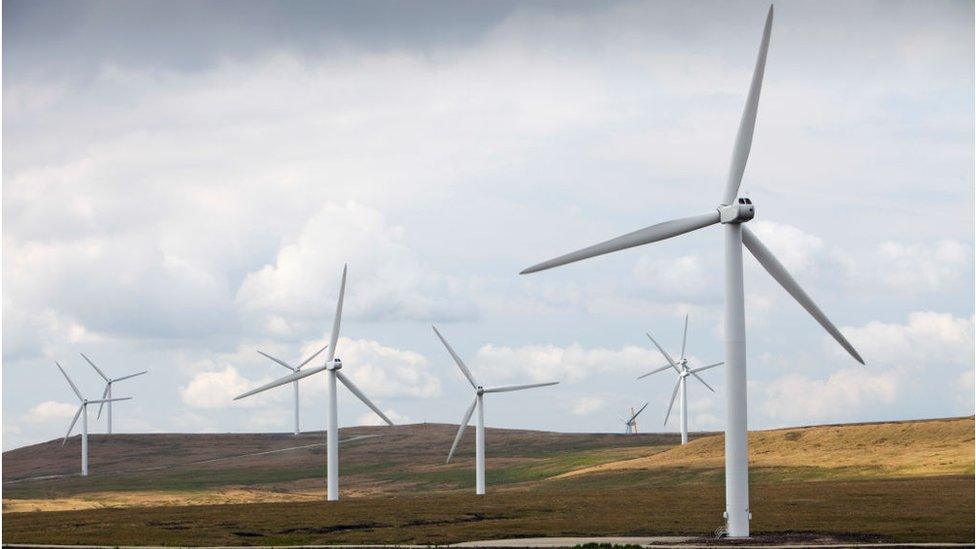
- Published20 April 2023
- Published15 June 2023
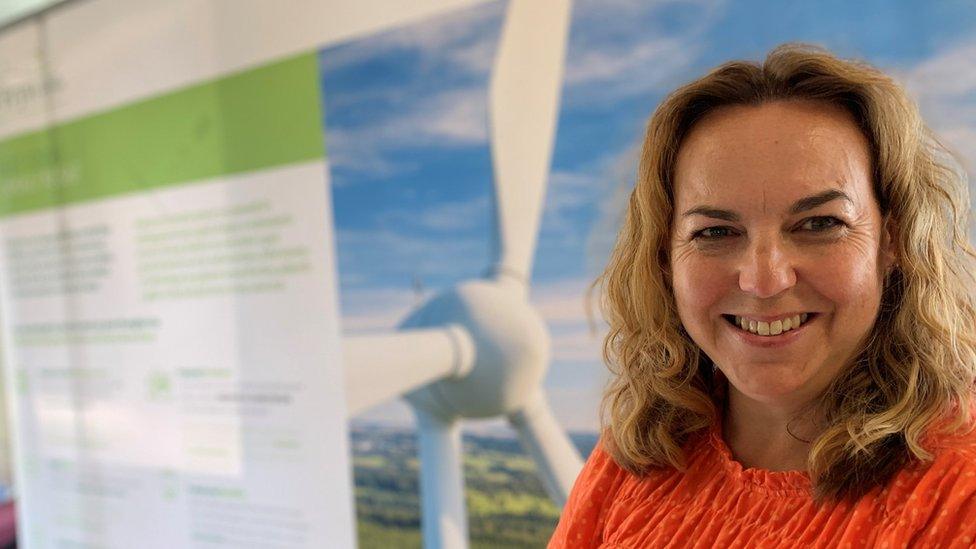
- Published11 August 2022
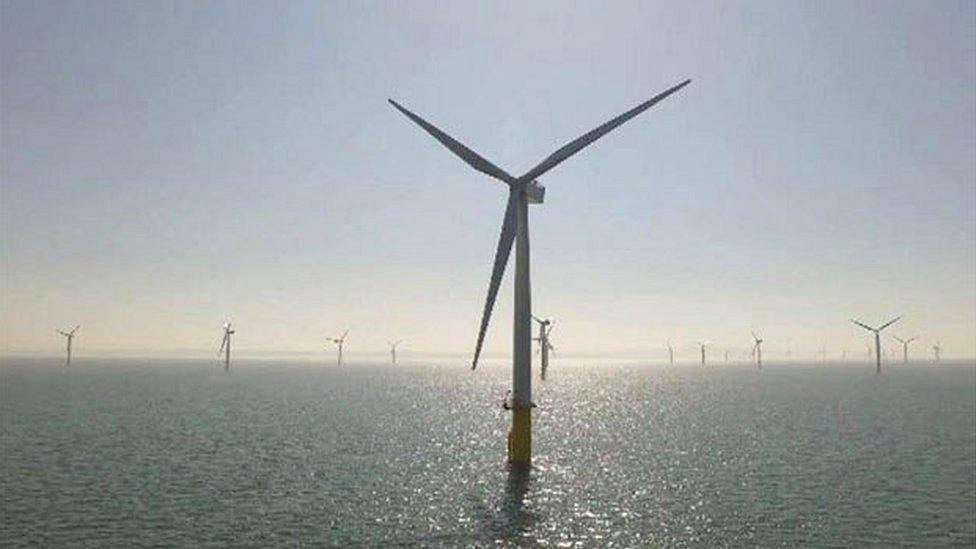
- Published25 October 2022
